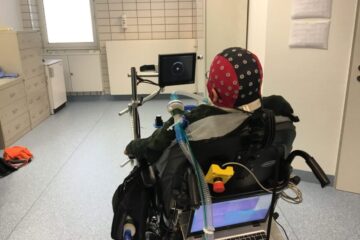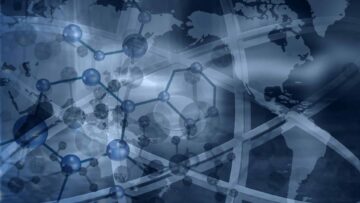Circadian rhythms, also known as the body’s internal clock, coordinate the timing of biochemical, physiological, and behavioral processes. Disruptions of this clock could cause several diseases, including cancer, cardiovascular conditions, and susceptibility to infections.
The rest-wake cycle is now better-understood thanks to research from the University of Massachusetts Amherst on genetic mutations that impact circadian rhythms. This work also gives a fresh perspective on how to study human disease and ultimately create novel medical treatments.
Neurobiologist Eric Bittman, Professor Emeritus of Biology, said, “We are studying two mutations, both of which affect our ability to respond to shifts in the light cycle. Both of them speed up the clock. They reveal how vulnerable we are to disruptions in the light: dark schedule.”
Scientists identified a recessive mutation, which they call Duper, as a defect in Syrian hamsters’ circadian regulator gene Cryptochrome 1 (CRY1). They improved the hamster genome draught using quick homozygosity mapping, resulting in a cutting-edge genetic research model for examining human disorders.
The study team focuses on the impacts of stress in genetically modified hamsters in a follow-up paper just published in PNAS. The scientists found previously unrecognized roles for CRY1 in cardiac disease and circadian entrainment, which is the synchronization of the biological clock with external cues.
Bittman explains, “Duper speeds up the clock in constant conditions, and it can shift by as much as 180 degrees in response to even a brief pulse of light. We suspect this might be relevant in understanding the effects of jet lag and shift work.”
“The body’s organs reset their clocks at different rates after a circadian disruption. This temporal misalignment is believed to cause adverse health effects associated with shift work. Almost all of our physiological processes are rhythmic.”
Cardiomyopathic hamsters had their lifespans reduced by eight-hour phase shifts that mimicked jet lag every other week. However, the mutant hamsters’ shorter longevity was reversed because the mutation sped up their adaptation to the light-dark cycle shift.
Bittman said, “The findings have implications for pinpointing the pathways involved in human biological clocks.”
“For people with jet lag or the millions of shift workers, it can take days and sometimes weeks for the body – the different organs – to come back into their normal temporal relationship. Many of us disrupt our circadian system when we are exposed to light late in the evening, such as by looking at cell phones and computer screens. It can take a couple of weeks until your brain has the right relationship to your liver and kidneys.”
“The research suggests that we all must be mindful of how the environment affects our biological clocks. Specifically, hospitals need to be sensitive to the timing of lights and darkness in patients’ rooms. “We need to pay attention to the temporal relationship between organs and between the master clock and the brain, and how it regulates the clock in the brain, as well as in the peripheral organs, and be sensitive to the light: dark environment.”
Journal Reference:
- Chip Sisson et al. The duper mutation reveals previously unsuspected functions of Cryptochrome 1 in circadian entrainment and heart disease. PNAS. DOI: 10.1073/pnas.2121883119












